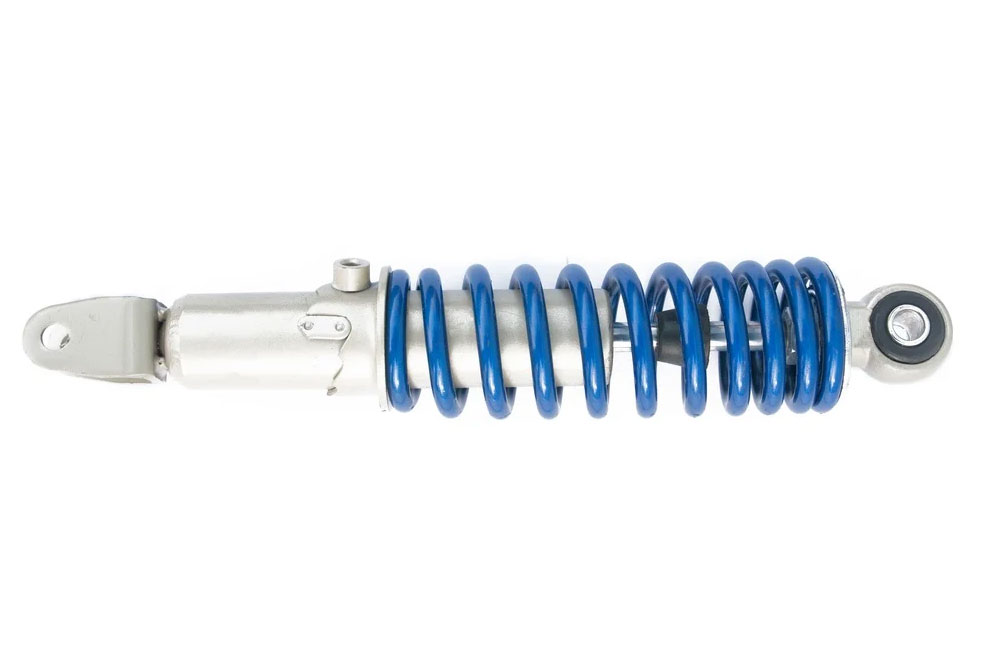Damping is one of the most effective methods of controlling noise and vibration. It is a process that converts vibrational energy into heat, eliminating the vibrational energy through friction and other processes. Increasing damping or stiffness can both reduce resonant vibration and the resulting noise by preventing the vibration from travelling through the structure.
Rubber mounts with damping properties are often used in engine compartments, enclosures, cab walls, and floor and ceiling systems; additionally, they are beneficial for use in appliances, medical equipment, heavy equipment, and a variety of other applications. Materials used for damping must not only reduce noise and vibration but must be able to withstand heat. In this article, we will further explore the significance of damping and the techniques for noise and vibration control that manufacturers must take into account.
Why is damping so important?
 Appliances, heavy equipment, generators, and other mechanical structures are capable of producing a great amount of noise and vibration. Vibrational energy is problematic for a variety of reasons; it can make appliances such as washing machines, blenders, vacuums noisy and disruptive for users. Medical equipment can be uncomfortable, and in larger mechanisms, like engines, noise and vibration control may be needed in the engine compartments, enclosures, cab walls, and floor and ceiling systems. This is because vibrations cause instability and fatigue in mechanical structures in addition to creating excessive noise.
Appliances, heavy equipment, generators, and other mechanical structures are capable of producing a great amount of noise and vibration. Vibrational energy is problematic for a variety of reasons; it can make appliances such as washing machines, blenders, vacuums noisy and disruptive for users. Medical equipment can be uncomfortable, and in larger mechanisms, like engines, noise and vibration control may be needed in the engine compartments, enclosures, cab walls, and floor and ceiling systems. This is because vibrations cause instability and fatigue in mechanical structures in addition to creating excessive noise.
When manufacturers develop these structures, it’s necessary to decide what type of damping system to use: free layer damping or constrained layer damping. While constrained layer damping can work well for most applications, whether industrial, medical, or aerospace, free layer damping has some limitations.
Free layer or extensional damping
Free layer damping may not always be the right choice for your project, but it’s the easiest type of damping to implement. Also known as extensional damping, it is commonly seen in automotive applications. So, how does extensional damping work? It involves a viscoelastic material, typically a polymer. When sound hits the material, the damping product stretches or extends (hence, extensional damping) and then compresses, converting the noise and vibrational energy into heat.
Free layer damping controls vibration and noise in products with surfaces that are at or near resonance and is best for lightweight structures. This is because free layer damping does add a significant amount of weight to your structure, meaning that it is not ideal for applications where limiting weight is a concern.
Constrained layer damping (CLD)
For thick or heavy applications like wall, ceiling, and floor assemblies, extensional damping may not be able to do the trick. When a structure thicker than ¼ of an inch requires damping, the situation calls for constrained layer damping (CLD). Like extensional damping, CLD converts vibration to heat, but this type of damping utilizes a layered construction with a viscoelastic polymer sandwiched between two sheets of a stiff material such as a metal. Because the stiff materials keep the damping material constrained in the face of vibrational energy, CLD reduces impact noise. CLD also doesn’t add as much weight to structures as extensional damping, which is another reason it’s often used in applications like aerospace where extra weight impacts performance.
Find a materials solution that provides effective damping
If you’re working with noisy mechanical structures, chances are that you’re in need of an effective vibration damping solution. In addition to deciding what type of damping system you’ll need, your manufacturing team will need to decide what polymers are best suited to the application. Your materials supplier should be able to work with you in order to determine the best way to reduce noise and vibration in your structure. A custom damping solution may be the most effective for a variety of applications, and your supplier can help you develop a damping system that reduces weight when necessary while making your structure both quieter and more stable.



